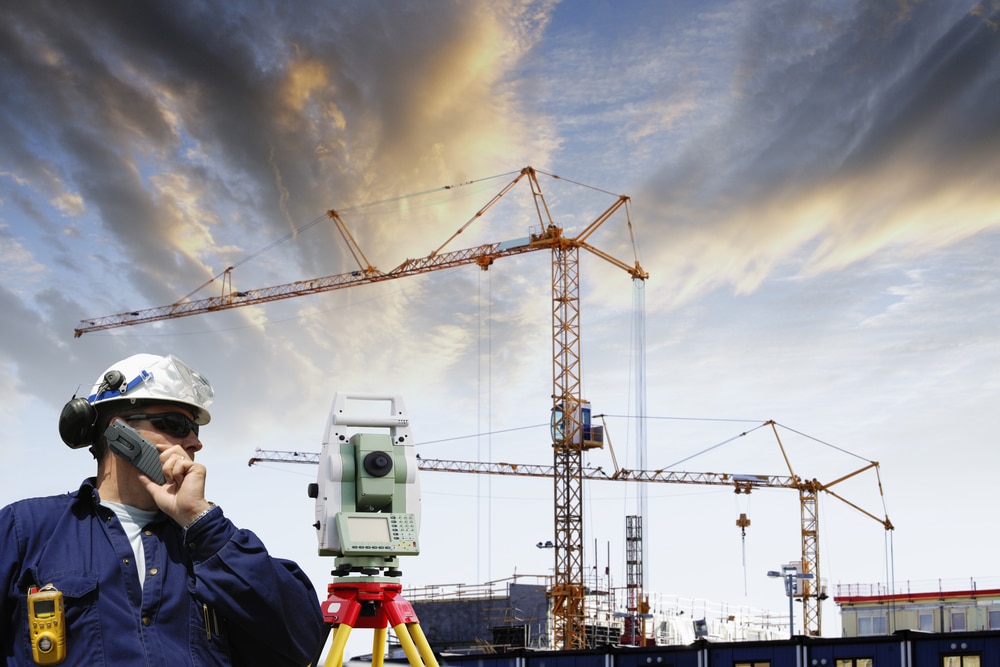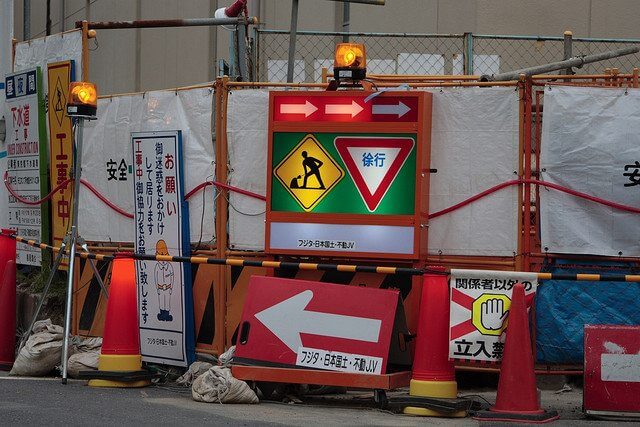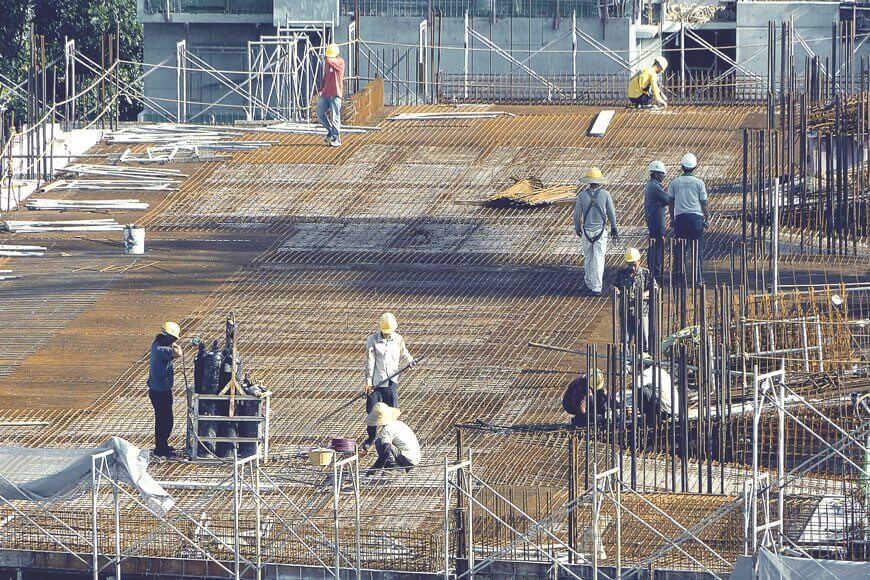How Automation in Construction Continues to Reshape the Industry
Many humans are finding themselves out of certain jobs, as robots and other forms of automation move into the workplace. While many people are against this technology taking over, mostly due to the number of jobs that will be lost, there are a few good things that will come out of it, especially in the construction industry.
First off, the construction industry has been dealing with a shortage of workers for years now, which means that buildings are not going up as quickly and some are just not being built at all. Add all the waste that occurs when a building is being built to the picture and people can easily see where changes need to be made. However, the best part about automation within the construction industry is that workers can stay safer while performing the work that they have done for years.
Here are 3 ways that robots and automation can be helpful within the construction industry:
- Robots can fit into small spaces or those areas that are way too high for humans to safely work in. This means that workers can stay safely where they are, as the robot performs the work that needs to be done.
- Robots can often work faster than humans and they never need to take breaks to eat or use the bathroom. Therefore, their productivity soars and the costs to do certain things goes down tremendously.
- Robots can do repetitive tasks without worry of injury, unlike construction workers who may find themselves with strained muscles or even worse injuries after hours of bending and squatting.
Now, robots and other automation can be used on many different types of construction projects, which means that they are not limited like humans are. Robots can be used to construct buildings, work on roads and runways, ports, structures, tunnels, and factories.
Here are 3 automation options that can help around construction job sites:
- Drones
Drones can easily reach massive heights to check out the roof for inspections, which means that workers do not need to climb up and risk a fall. They can also inspect an entire job site and share the photos or videos with those in charge. A drone can also be utilized to manage the inventory, as it can easily sweep around the area of the job site and see what is on hand and what is missing.
- Prefabrication
Not everyone is a fan of prefabricated homes, however, they are an excellent way to increase productivity while also decreasing costs. There is less waste when choosing prefabrication, because each cut in the materials is precise. This ensures that materials are not being wasted and instead are recycled to use for another project if possible.
- Robotic Application for Efficiency
Efficiency is not always the word that is used on the construction job site, because it takes a lot of work to keep everything moving in sync. However, with the help of robotic applications, construction companies will find that they are more efficient than they have been in the past. For example, some robots are being built that can lay two thousand bricks in one day, which is amazing when compared to a person who is only capable of laying down four hundred bricks a day.
It is easy to see why some people would embrace robots and automation for their construction business, because who wouldn’t love employees who can never become fatigued, tired, or sick? Add in the fact that they make the site much safer, and everyone agrees that robots and automation are much better for this industry. However, looking at all the jobs that will be lost will make anyone a little leery. While it is true that there is a worker shortage, no robot can replace the common sense of humans when it comes to solving problem that pop up on job sites around the world. A robot is not going to be able to solve all those problems and if there are not enough workers in the field, things can go from bad to worse rather quickly.
Therefore, everyone is encouraged to embrace automation within this industry slightly, while also finding ways to keep the people working along side them. This ensures that every building has a personal touch when it is completed and there are no issues that a simple machine could overlook during the building process.




